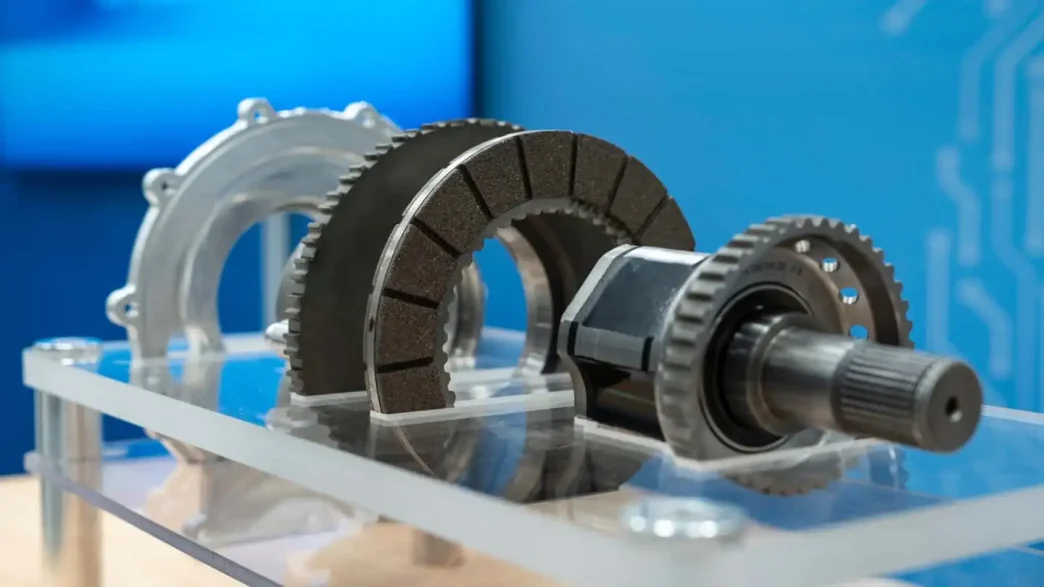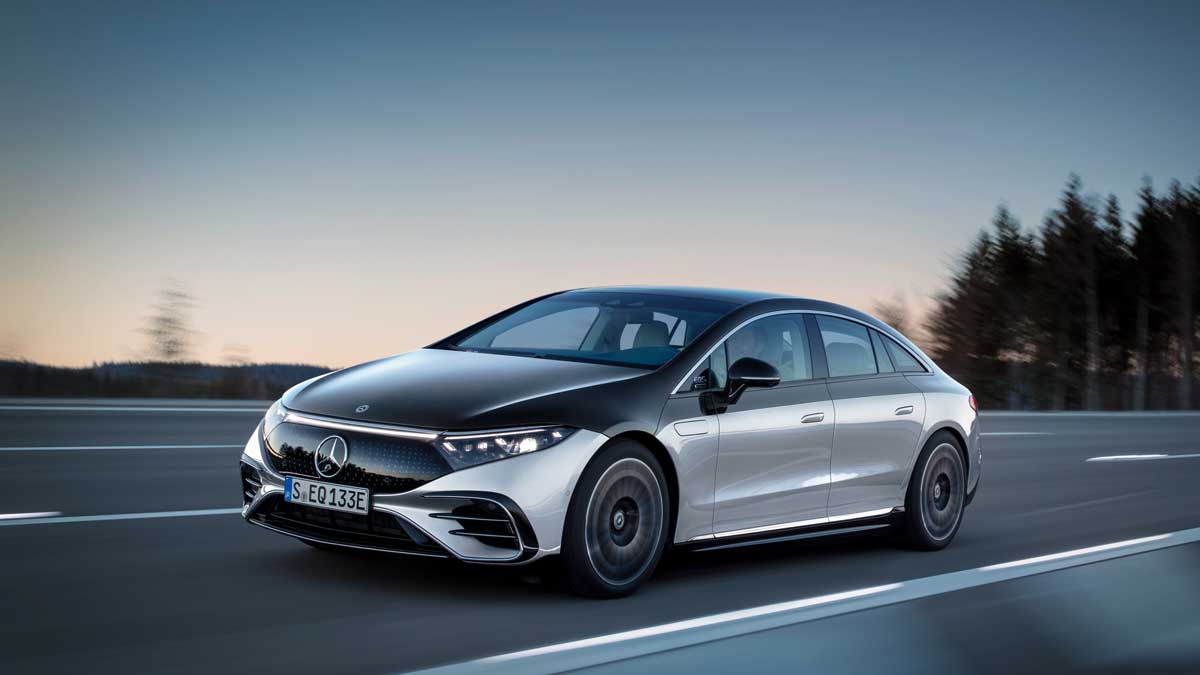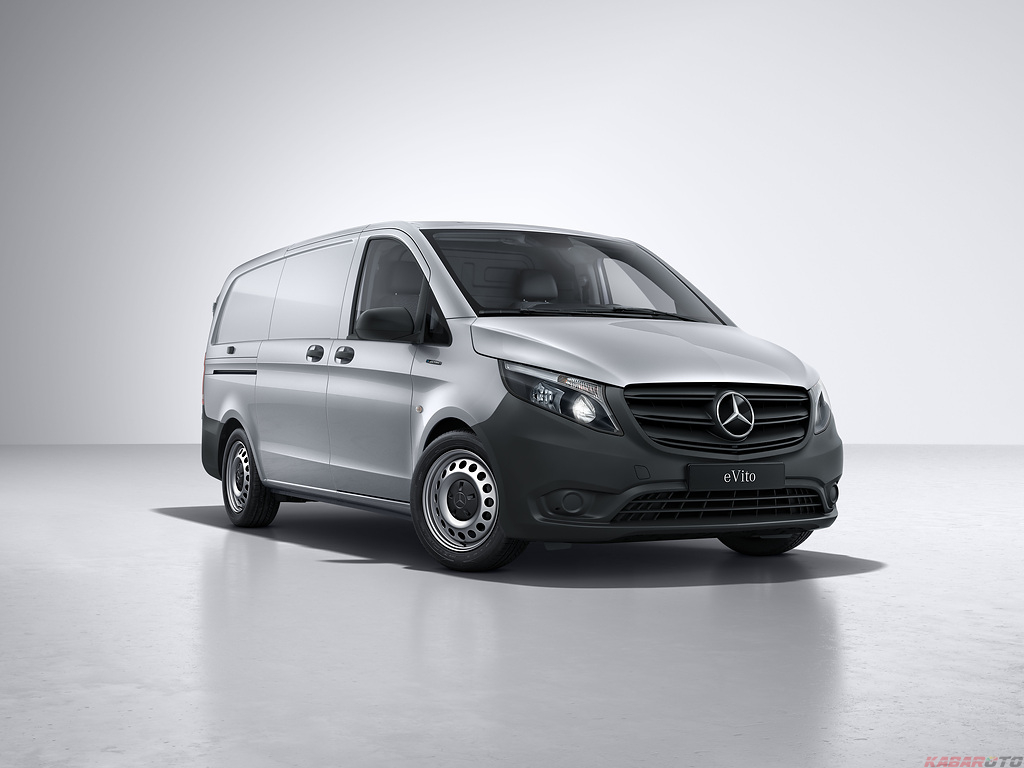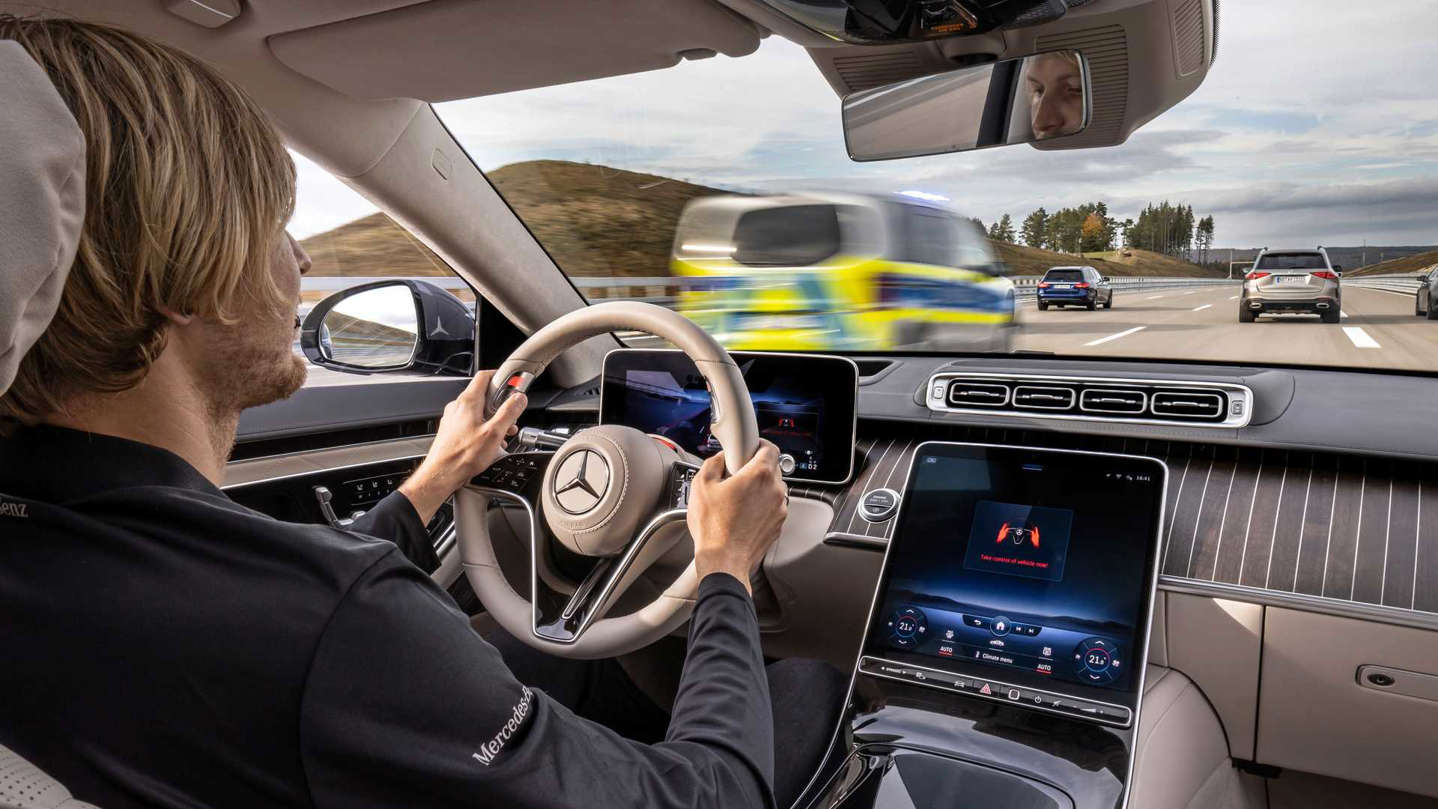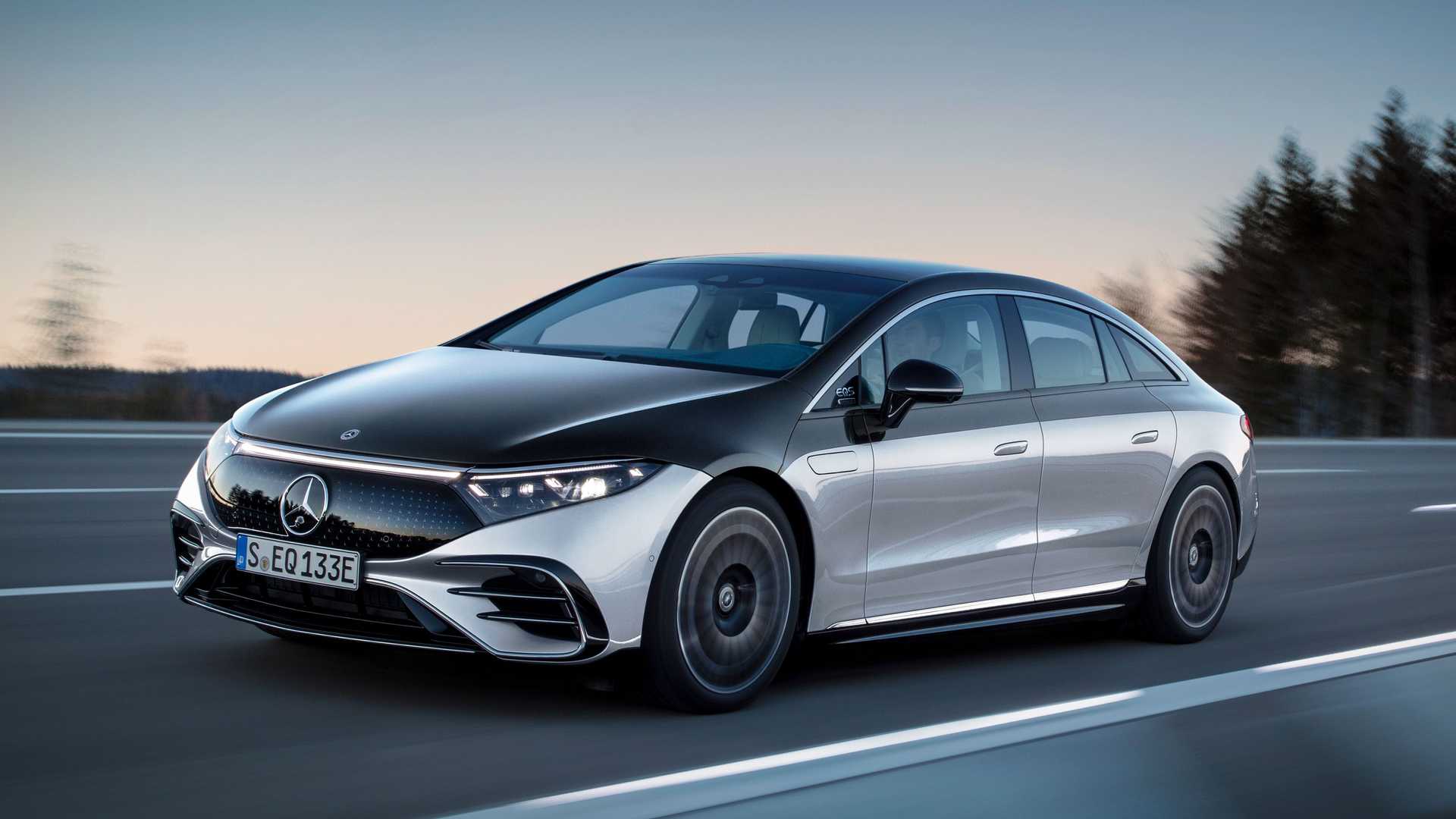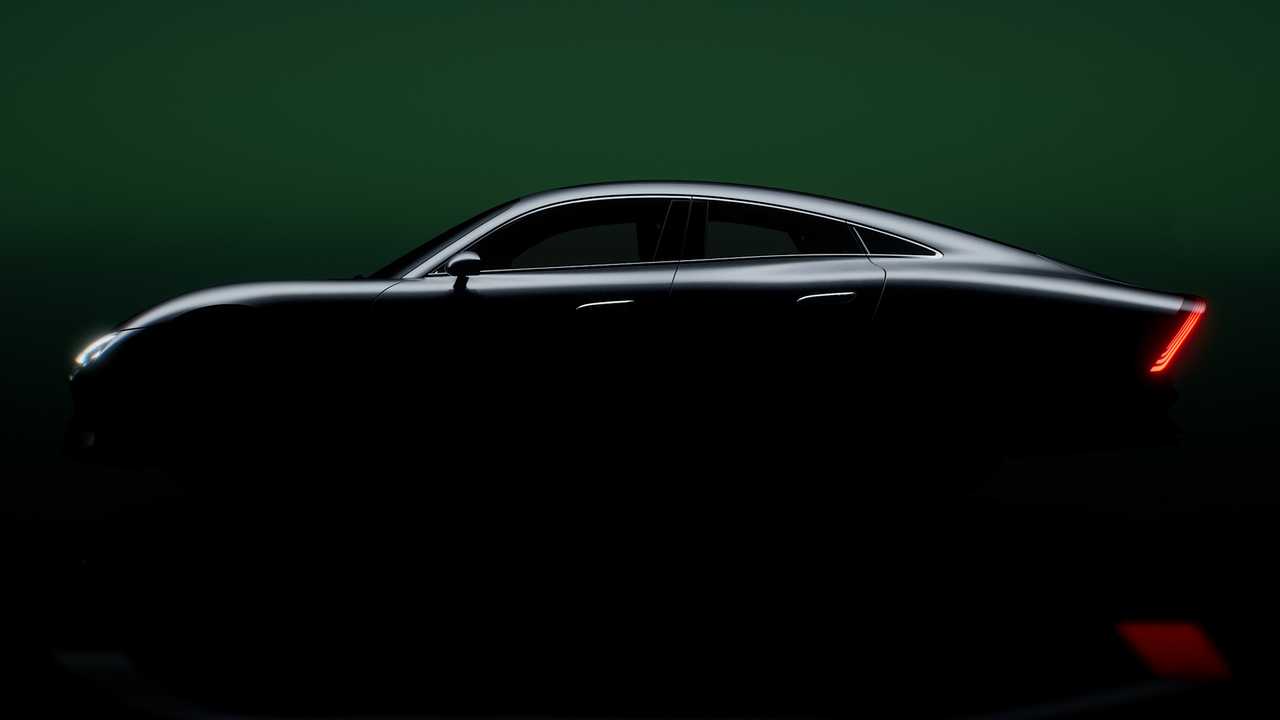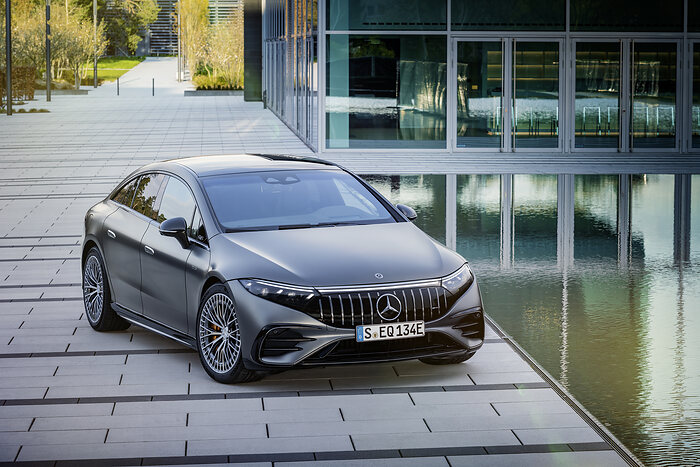Mercedes has unveiled a new in-drive braking system for its electric vehicles, positioning it as a significant innovation in EV braking technology. Unlike most vehicles, which typically feature outboard brakes connected to the wheel hubs or occasionally inboard brakes, this new system places the brakes inside the housing of the electric vehicle’s drive unit. Mercedes claims the system offers several benefits, including reduced maintenance needs and a decrease in brake dust emissions.
The concept of using electric motors for regenerative braking, which helps preserve friction brakes and recaptures energy for the battery, is already established in the EV industry. Various companies, such as Continental and Volkswagen, have explored different braking solutions for EVs. Volkswagen, for example, uses drum brakes on models like the ID.4 and Audi Q4 E-Tron, reasoning that the rear brakes are sufficient, as the majority of braking force is handled by the front brakes.
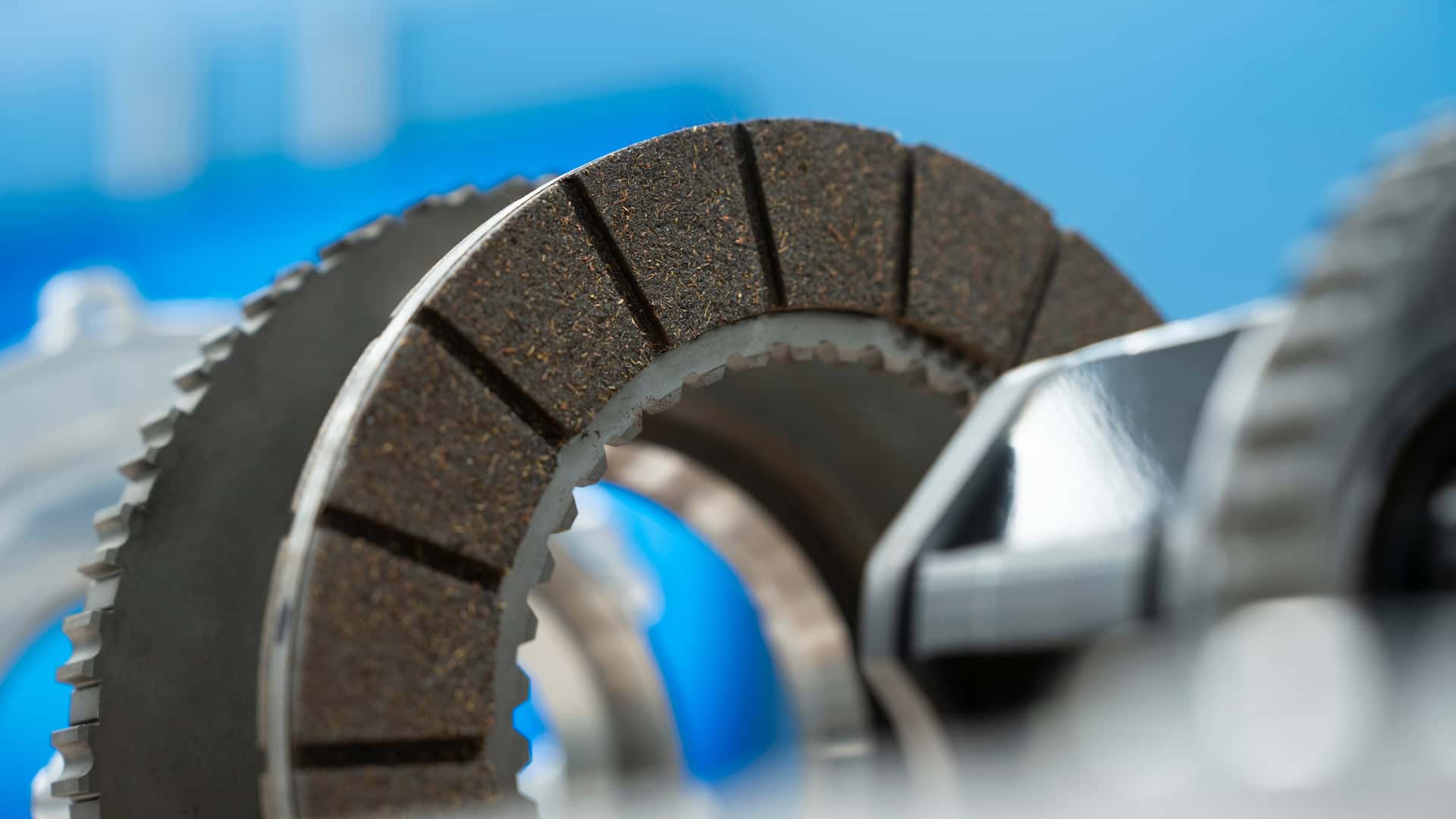
Mercedes’ new in-drive system takes this concept further. The design features a water-cooled, stationary disk and a circular brake pad that spins with the motor. Instead of the traditional caliper, braking is achieved by pressing the brake pad onto the stationary disk. According to Mercedes, this system is intended to last the lifetime of the vehicle without requiring servicing, and it contains brake dust within a sealed compartment that does not need to be emptied.
This system also addresses the upcoming Euro 7 (EU7) emissions standard, which will include particulate emissions from brakes and tires starting in 2026. By containing brake dust within the system, the design aims to reduce environmental impact. In addition to minimizing maintenance and emissions, Mercedes’ system offers other potential benefits, such as preventing brake fade with the water-cooled disk, reducing unsprung weight for improved handling, and enabling the design of fully covered, aerodynamic wheels that can help reduce drag.

Another benefit of the in-drive braking system is the reduction of rust on brake components. Mercedes noted that some customers have raised concerns about rust on traditional brake disks after periods of non-use. Additionally, the removal of the caliper from the wheel hub could provide designers with more freedom to create unique wheel designs, though the change may not be universally embraced by car enthusiasts.
Overall, Mercedes’ in-drive braking system aims to provide a maintenance-free solution, reduce brake dust emissions, and offer other potential performance and design advantages. As the automotive industry adapts to changing regulations and environmental concerns, this system could play a role in the ongoing evolution of electric vehicle technology.



